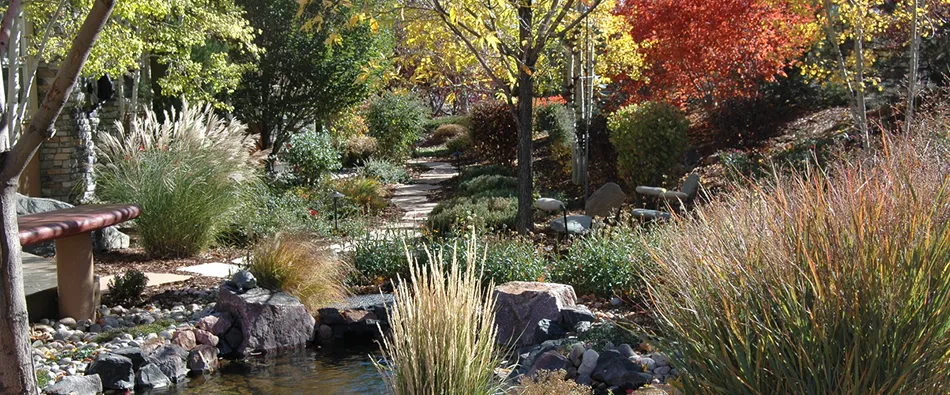Growing Cool Season Vegetables
Cool-season vegetables are uniquely adapted to Colorado's climate because they are able to withstand light to moderate frosts, adding a month or more of gardening time at the beginning and end of our growing season. At higher elevations, they're the only vegetables that grow successfully.
Among the cool season vegetables there are five that live from one growing season to the next and are known as perennials. They are asparagus, chives, horseradish, rhubarb and shallots. Once established, these vegetables can produce for many years.
Along the Front Range of Colorado, asparagus harvest begins in May. Chives can be used for flavoring salads and grow from April until December. Horseradish roots can be dug whenever the ground isn't frozen. The first rhubarb stalks can be pulled in June and continue as long as there's a surplus of large stalks. Shallots form clumps as they grow and can be harvested anytime the ground isn't frozen by breaking out part of a clump and dividing the bulbs.
While it's true that these perennials can produce from year to year, they won't last long if abused. Be sure they're kept free from weeds and pests, and that they're fertilized correctly. Cool-season vegetables shouldn't be shaded or walked on, and need water only when their soil seems dry a few inches below the surface.
When harvesting, always leave enough of the plant so it can survive to produce again. Since it's hard to estimate how much can be harvested without hurting these vegetables, harvest small amounts and watch the plant closely afterwards.
Most other cool-season vegetables only are grown for one season and are known as annuals. They are either root or leaf crops. Radishes are the earliest of the root crops, followed by beets, carrots, turnips and rutabagas. Parsnips, another root crop, mature just before the ground freezes and is the only one of this group that can last through the winter. In fact, its quality is improved by spending the winter in the ground.
Broccoli, cauliflower, onions, kohlrabi, potatoes and peas, along with the previously mentioned perennials, leaf and root crops are the cool season crops for Colorado. These crops should receive top priority in high altitude gardens and for extending the season for gardens along the Front Range.
Contact us for your entire landscape design, construction and maintenance needs at:






